With his leadership Putin proved that the Russians were not wrong to trust him to steer the Russian ship away from the troubled waters. He steadily revived the lost national pride and gave his country a high seat among the powerful world nations.
The ex-KGB serviceman not only tried to restore Russia’s lost might, but also made it the principal counterbalance to the U.S. power on the world stage. Russia, under Putin, with the help of China, successfully strived to architect an alternative pole of power to the United States.
Russian leader always felt that a unipolar world moving on the single axis of United States was too dangerous for world peace. He fondly recalled in a 2005 speech the old “bipolar” world where two superpowers, the United States and the Soviet Union, checked each other’s ambitions. He called the collapse of the Soviet Union “the greatest geopolitical catastrophe of the 20th century.”
Russian president was greatly helped by the astonishing rise of energy prices, as his nation is rich with oil and gas reserves. He used the country’s vast energy wealth to gain confidence and ability to reassert Russian influence and power.
Putin steadily increased spending on defense modernization and commissioned new ICBMs specifically designed to evade a proposed U.S. missile defense shield based in Poland and the Czech Republic. As a symbolic gesture, he also ordered the Russian Air Force to resume the Cold War practice of long-range flights by strategic bombers armed with nuclear weapons.
As Russia’s star rose economically and militarily, it forged alliances with China, Iran, Syria, and other neighboring states, and also established a foothold in the backyard of the United States -- the Latin America.
Recently, China and Russia conducted joint military maneuvers in the Ural Mountains, and then at the Shanghai Cooperation Organization summit, both countries warned the U.S. to stay away from the energy-rich and strategic region of Central Asia.
Thus Russian leader replied to the U.S. in a fitting manner for its encroaching on Russia’s traditional “sphere of influence near abroad” in the Baltics, Central Asia, the Caucasus, and Ukraine, and the Washington-backed “color” revolutions, which toppled Moscow-friendly governments in Georgia and Ukraine in 2003 and 2004.
Russian president confronted the United States on various fronts. On February 10 at the 43rd Munich Security Conference, he told the world audience that the U.S. was trying to establish a “unipolar world”, which he defined as “one single center of power, one single center of force and one single master.”
The goal, Russian leader said, was a “formula for disaster.”
“The United States,” he said, “has overstepped its borders in all spheres” and “has imposed itself on other states.”
To avoid catastrophe, Kremlin chief suggested a reconsideration of the entire existing architecture of global security was necessary.
He threatened to retarget Russian missiles at Europe if Bush deploys U.S. missile defenses in Poland and the Czech Republic.
This infuriated the Bush administration and its allies in the West so much that the Western media declared the warning as Putin’s “bare chest display of power”. The media went on to accuse Russian president of trying to launch the “Neo Cold War”.
Analysts believe that the West is mad at Russian leader because now Russia is a bigger threat to the Western interests than the Soviet Union was. Russia is working with China, Iran, Syria, and Venezuela to defy the bullying Western powers.
Russia has renounced communist ideology, is building a market economy, and has opened up to foreign investors. This makes it dangerous in the eyes of Western hawks.
BusinessWeek warned the Russian army has long withdrawn from Europe, but the Russians “are back, this time armed with bank accounts bulging with energy wealth.”
To further his agenda, President Putin last Tuesday made a historic visit to Iran -- the first visit by a Kremlin chief since World War II -- when Joseph Stalin attended the famous conference of the “Big Three” World War II Allied powers in Tehran in 1943 alongside Winston Churchill and Franklin D. Roosevelt.
Russian leader received a red carpet welcome in Tehran, meeting with Iranian President Mahmud Ahmadinejad and Supreme Leader of the Islamic Revolution Ayatollah Seyyed Ali Khamenei.
It saw him reinforce ties with the Islamic republic and distance himself from West over its nuclear program. Putin reassured Iran that the Bushehr nuclear reactor, a $1 billion energy project being built by Russia and dogged by delays, would be completed.
Russia and Iran also agreed to speed up their discussions for the sale and construction of Tupolev 214 and 334 aircraft to Iran and spoke of increased cooperation in energy and aerospace.
In a joint declaration, the two presidents noted the closeness of their positions over the key world questions, and the necessity of solving as quickly as possible the row over the Iranian nuclear program through diplomacy.
(Oct. 21
GJ/MS
END
MNA


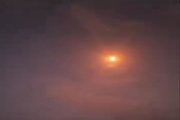
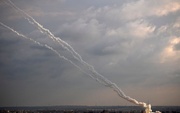
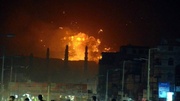
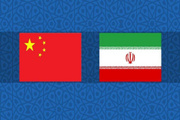
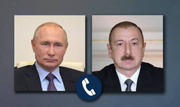

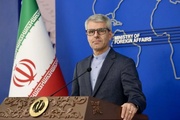
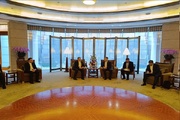

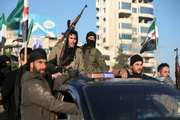
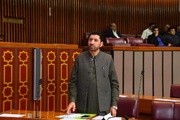
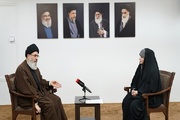
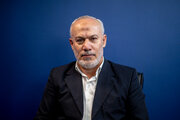

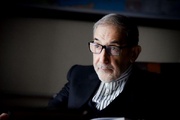
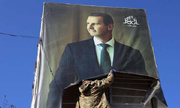
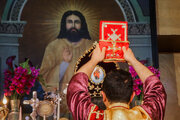
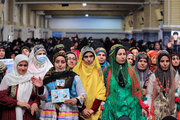
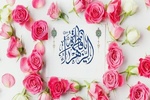

Your Comment